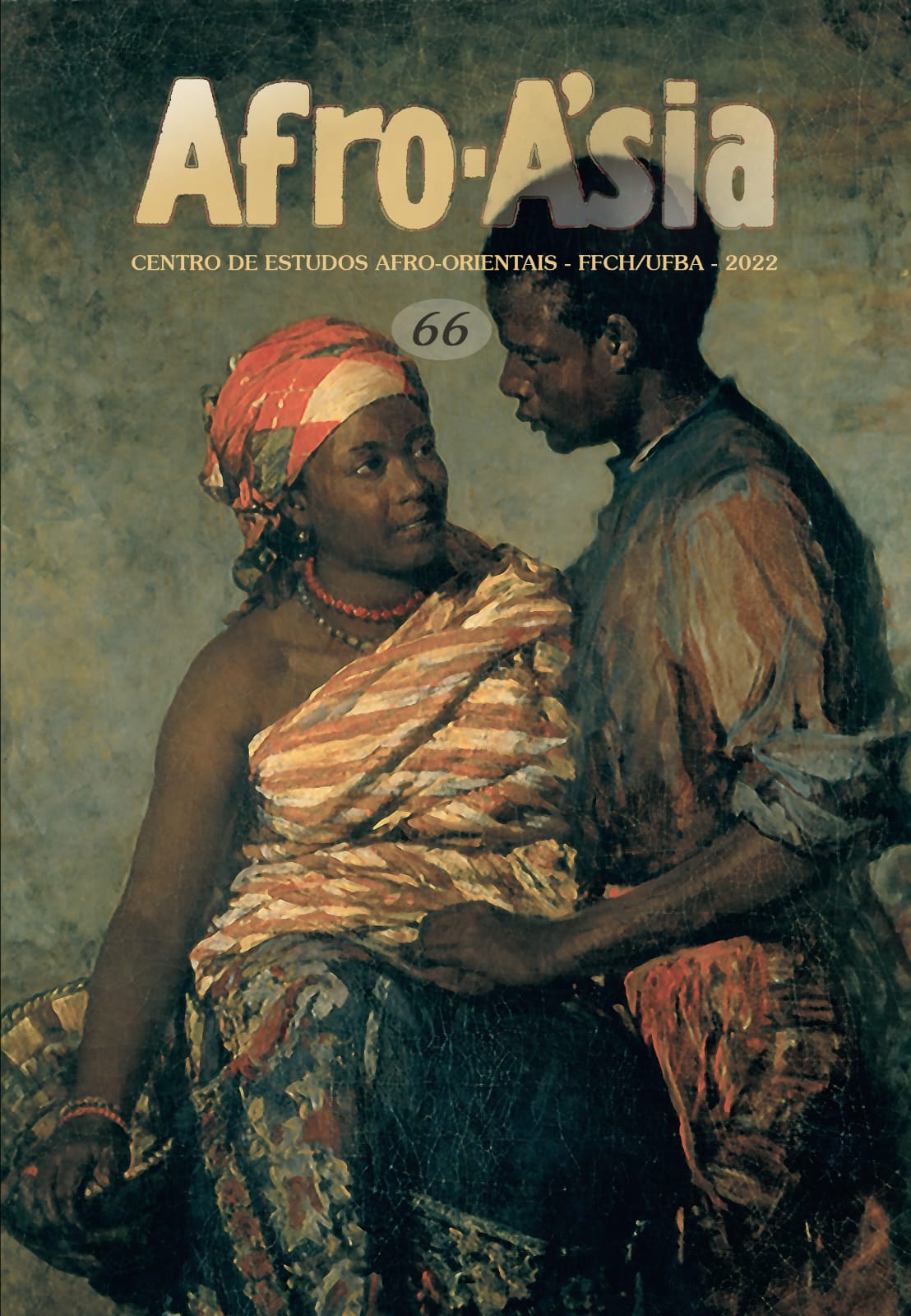The Sítio Dagomé
A Rural Afro-Brazilian Temple in the 19th Century (Salvador, Bahia)
DOI:
https://doi.org/10.9771/aa.v0i66.50247Keywords:
Afro-Brazilian religion, Cartography, Land conflicts, Dahomey, African freedmenAbstract
The article presents information about the Sítio Dagomé, a rural Afro-Brazilian temple that operated in the city of Salvador (Bahia) between the 1830s and 1870s. Based on a topographical plan of the temple produced at the end of the 19th century, the article explores the historiographical possibilities of cartography to reveal aspects of spatiality, sociability, and the ritual praxis of the religious group. In a second moment, it deals with rural Afro-Brazilian temples and conflicts between tenants and landowners, showing the overlap between the struggle for land tenure, the agricultural economy, and the institutionalization of Afro-Brazilian religion. In the final part, the text examines the social network of the temple's leadership, inquiring to what extent the Atlantic communication mediated by African merchants and travelers, in the first half of the century, had some impact on the formation of the Sítio Dagomé.
Downloads
Downloads
Published
How to Cite
Issue
Section
License
Copyright (c) 2022 Luis Nicolau Parés

This work is licensed under a Creative Commons Attribution 4.0 International License.
You are entitled to freely share, adapt and use the work herein published for any legitimate purpose as long as authorship and the original source are acknowledged.




